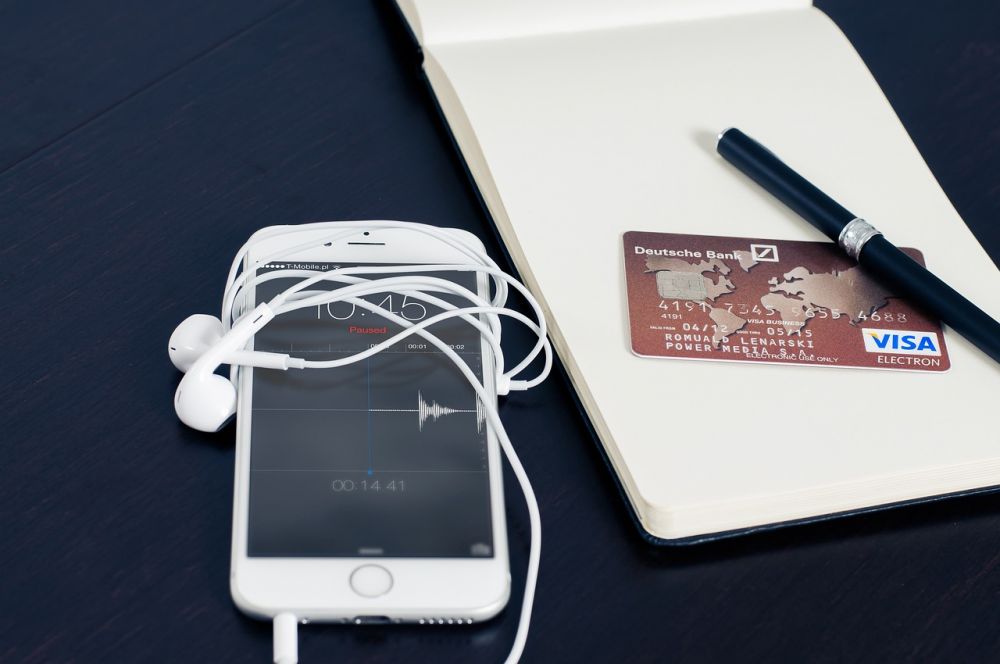Apple USB-C: A Comprehensive Overview

Introduction:
In recent years, Apple has embraced the USB-C technology, offering users a versatile and powerful connection option for their devices. This article aims to provide a thorough understanding of Apple USB-C, including its various types, popularity, quantitative measurements, differences between them, as well as a historical review of their advantages and disadvantages.
1. Overview of Apple USB-C:

Apple USB-C, also known as USB Type-C, is a universal connectivity standard developed by USB Implementers Forum (USB-IF). It is a compact and reversible plug that can be inserted either way, eliminating the frustration of traditional USB ports. Apple made the decision to adopt USB-C across its product range, including MacBooks, iPads, and even iPhones.
2. Types and Popularity:
There are different types of Apple USB-C cables and adapters available on the market to cater to different user needs. These include USB-C to USB-C cables, USB-C to USB-A cables, USB-C to HDMI adapters, and USB-C multiport adapters.
USB-C to USB-C cables are widely used by MacBook users to charge their devices and transfer data between USB-C-equipped devices. USB-C to USB-A cables are popular among users who need to connect their Apple devices to older peripherals with traditional USB-A ports.
USB-C to HDMI adapters enable users to connect their MacBook or iPad to external displays or TVs, enhancing their multimedia experience. USB-C multiport adapters provide users with additional ports such as USB-A, HDMI, and even SD card readers, making it more convenient to connect peripherals and expand functionality.
3. Quantitative Measurements:
When it comes to the quantitative aspect of Apple USB-C, several measurements are crucial. Firstly, the data transfer speed supported by USB-C can reach up to 10 Gigabits per second (Gbps), which is significantly faster than its predecessor USB 3.0. This allows for faster file transfers and quicker backups.
Secondly, USB-C supports power delivery, which means it can deliver power to charge devices, including laptops. The power delivery capabilities of USB-C vary based on the device, with some MacBooks capable of charging at up to 100 Watts.
Lastly, USB-C supports video output, enabling users to connect their devices to external displays or TVs with resolutions up to 4K. This enhances the user experience by providing a larger screen to work or enjoy multimedia content.
4. Differences between Apple USB-C Products:
Although Apple USB-C products adhere to the same standard, there are differences between them. For example, some USB-C cables might support a higher data transfer speed compared to others. Similarly, USB-C adapters might differ in terms of the number and type of ports they offer, such as HDMI, USB-A, or SD card readers.
Additionally, the power delivery capabilities of USB-C cables and adapters can vary. Some cables might only deliver low wattage power suitable for smartphones, while others can handle higher wattage power required by laptops. It is essential for users to choose the correct cable or adapter based on their specific needs.
5. Historical Advantages and Disadvantages:
Over the years, Apple USB-C has seen several advancements and faced certain challenges. Initially, one of the significant advantages of USB-C was its universality, making it easier for users to connect various devices. However, the early lack of availability and compatibility of USB-C peripherals and accessories posed a difficulty for users.
Furthermore, the transition from traditional USB-A to USB-C created a temporary inconvenience for users who had to rely on dongles and adapters to connect their existing peripherals. However, as USB-C has become more prevalent, the availability of compatible devices and accessories has improved significantly, diminishing this drawback.
Conclusion:
Apple USB-C has revolutionized the way we connect and interact with our devices by offering a versatile, powerful, and universal standard. With its various types, including cables and adapters, and its support for high-speed data transfer, power delivery, and video output, Apple USB-C has become an essential aspect of Apple’s ecosystem. Understanding the differences and historical advantages and disadvantages of various Apple USB-C products enables users to make informed choices when connecting their devices.
In conclusion, Apple USB-C offers a seamless and efficient connectivity solution for Apple device users. Its compatibility, versatility, and performance have made it a popular choice among individuals seeking a high-quality connection experience. As technology continues to advance, Apple USB-C is likely to play an even more significant role in connecting and empowering users in the digital world.





















